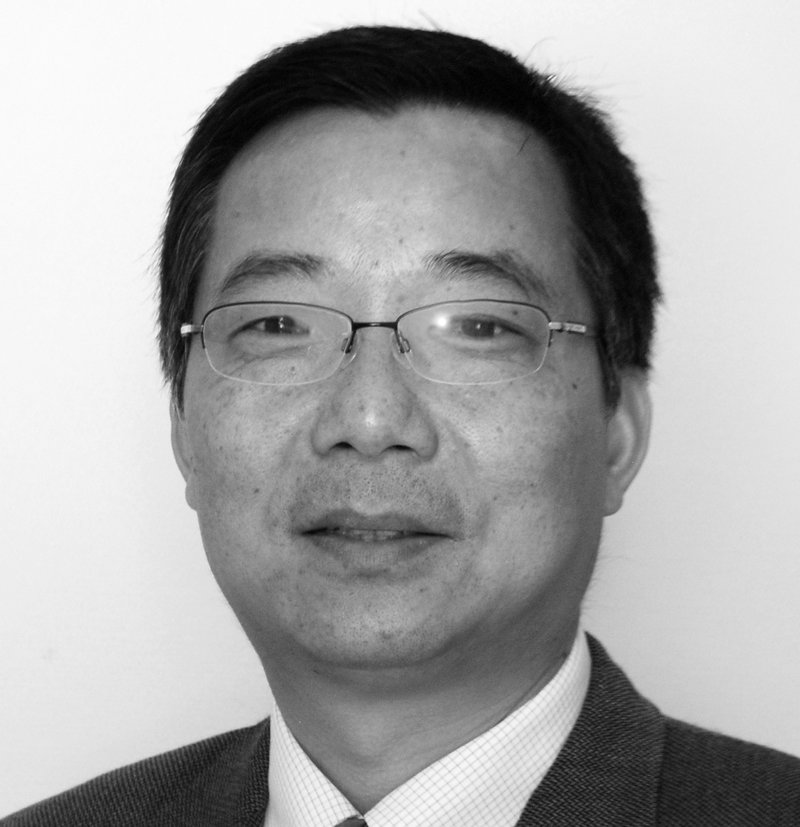6 Dec 2020
We caught up with Peter Xu, Professor at the University of Auckland and Chair of mechatronics engineering.
What’s your role at the University of Auckland?
I’m a professor and the Chair of mechatronics engineering. I’m also the programme director of the bachelor of engineering (honours) in mechatronics engineering. Teaching and research are my main duties, plus some programme leadership.
Why did you enter the world of academia?
I was determined to become a professor when I was an undergraduate student. I was inspired by professors who taught me and was very impressed by their fascinating academic research.
What’s the most rewarding thing about being an engineering academic?
I find the challenges that come with lecturing and adapting to ever-changing technologies most rewarding – as there’s this need for life-long self-learning. Research toward solving open-ended problems is also a great, rewarding part of my academic life.
What skills did you learn during the lockdown, which you have brought into the lecture room?
I learnt how to run a student’s design and build projects without access to laboratories – something I didn’t think was possible. More interactive tutorials via Zoom, group discussions online, and additional software tools made it a success. Also, I found an alternative way to evaluate students’ design by assessing code that runs a robot and delivers its intelligence.
What’s one skill that you’ve learnt from your students?
The importance of a can-do attitude!

Peter Xu
As an academic, how do you keep up to date with the latest research?
Many things keep me updated – connecting with the people who feed me research problems; interacting with colleagues in the field that inspire me to think of innovative solutions; reading the latest publications that include different methodologies; exchanging ideas with colleagues from overseas institutions to see their differing view on problems and solutions; and attending international conferences that make me aware of the latest research trends.
Final year engineering students undertaking a BE, usually undertake a final year research project. What would be your dream project to supervise?
In my view, its not the research project itself, but rather who takes on the project that makes my supervision most fulfilling. The students who are excited about the project, set their aims high, and fully devote themselves to the project make supervising very rewarding.
As an academic, how do you maintain a work/life balance?
For me, the two are hardly separable. My work is an integral part of my life. But, most of the time I manage to put aside Sundays for relaxing my mind and body.
Why are you a member of Engineering New Zealand?
One of the first things I did when I came to New Zealand after joining Massey University in early 1999 was joining Engineering New Zealand (previously IPENZ). Membership means I can connect to the local community and make my own contributions in return.
What’s your favourite piece of engineering in Auckland?
Many interesting engineering feats can be seen daily in Auckland. Personally, the piece of engineering I like most is the movable hinged barriers at the harbour bridge. During the morning rush hour, one more lane is given to the city-bound vehicles, while in the afternoon one more lane to the northbound vehicles. These hinged barriers are manoeuvred manually by a purposefully built vehicle. I guess this would be done on a smartphone to control the vehicle remotely or an autonomous robotic vehicle does the job. Or even better – a robotic actuated movable hinged barriers would do the job by itself.




